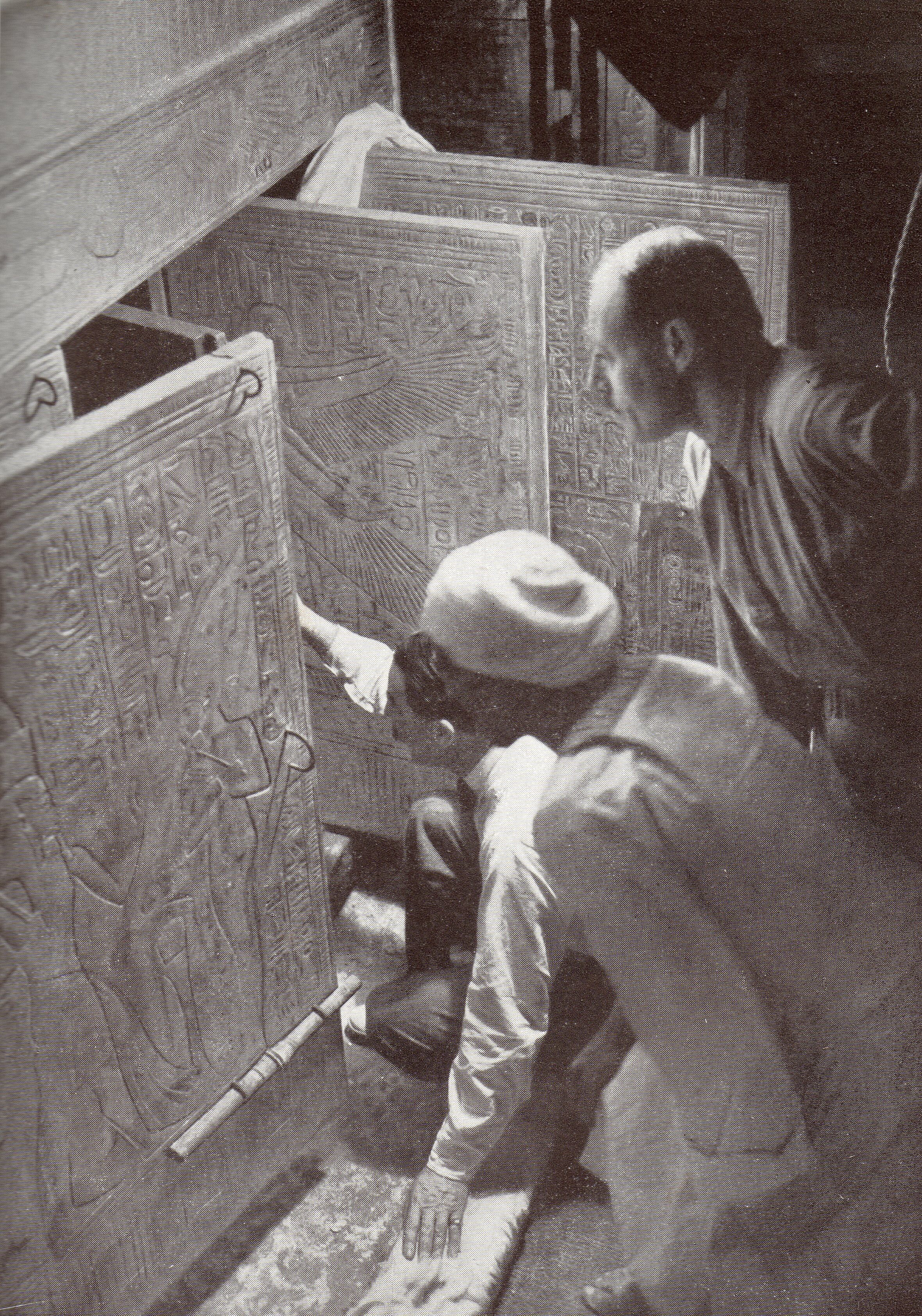When Howard Carter first peered into the golden chambers of Pharaoh Tutankhamun’s tomb in 1922, little did he know he was about to unleash one of the most captivating mysteries in archaeological history. The discovery sent shockwaves through the world, transforming an ancient burial site into a sensational narrative of supernatural intrigue.

Howard Carter opening King Tutankhamun’s shrine. Credit: Wikipedia
The narrative of the curse gained unprecedented momentum through sensationalist reporting that seemed to thrive on mysterious deaths connected to the tomb’s exploration. Lord Carnarvon, the financial backbone of the excavation, became the first high-profile ‘victim’ when he died shortly after the tomb’s opening.

Lord Carnarvon, who died mysteriously after the tomb’s opening. Credit: Wikipedia
Modern scientific investigations have provided a far more compelling explanation for the so-called curse. Researchers discovered that the tomb potentially harbored dangerous bacteria, toxic molds, and other environmental hazards that could pose serious health risks to explorers.

Deadly mold found in ancient tombs. Credit: SciTechDaily
The Tutankhamun curse narrative extends far beyond mere historical curiosity, revealing profound insights into human psychology and cultural fascination. It exemplifies our enduring attraction to the unknown, particularly surrounding death and ancient civilizations.

The interior of King Tutankhamun’s tomb. Credit: Archaeology Magazine
Interestingly, the curse discussion has inadvertently raised critical awareness about archaeological preservation. By drawing global attention to ancient artifacts, the narrative has highlighted the importance of protecting historical sites from modern exploitation. Researchers now approach archaeological discoveries with greater respect and scientific rigor, understanding that each artifact tells a complex story beyond sensationalist narratives.
The enduring appeal of King Tut’s curse reflects deeper psychological mechanisms of fear and belief. Humans have always been drawn to explanations that transcend rational understanding, particularly when confronting the mysteries of death and the unknown. The tale demonstrates how narratives can shape collective understanding, transforming scientific uncertainties into compelling mythological constructs that persist across generations.
What began as a dramatic archaeological discovery has evolved into a complex narrative about human curiosity, scientific investigation, and our relationship with the unknown. King Tutankhamun’s tomb reminds us that true understanding comes not from sensationalism, but from careful, respectful scientific exploration.
References:
Wikipedia – Tutankhamun – link
SciTechDaily – Tomb Toxins – link
Archaeology Magazine – link
Categories: Ancient Mysteries, Archaeology, Egyptian History, Scientific Discoveries, Unsolved Mysteries
Tags: Ancient Egypt, ancient mysteries, Archaeology, Curse, Egyptian Tombs, Howard Carter, King Tut, Lord Carnarvon
Religion: Ancient Egyptian
Country of Origin: Egypt
Topic: Archaeological Mystery
Ethnicity: Ancient Egyptian

